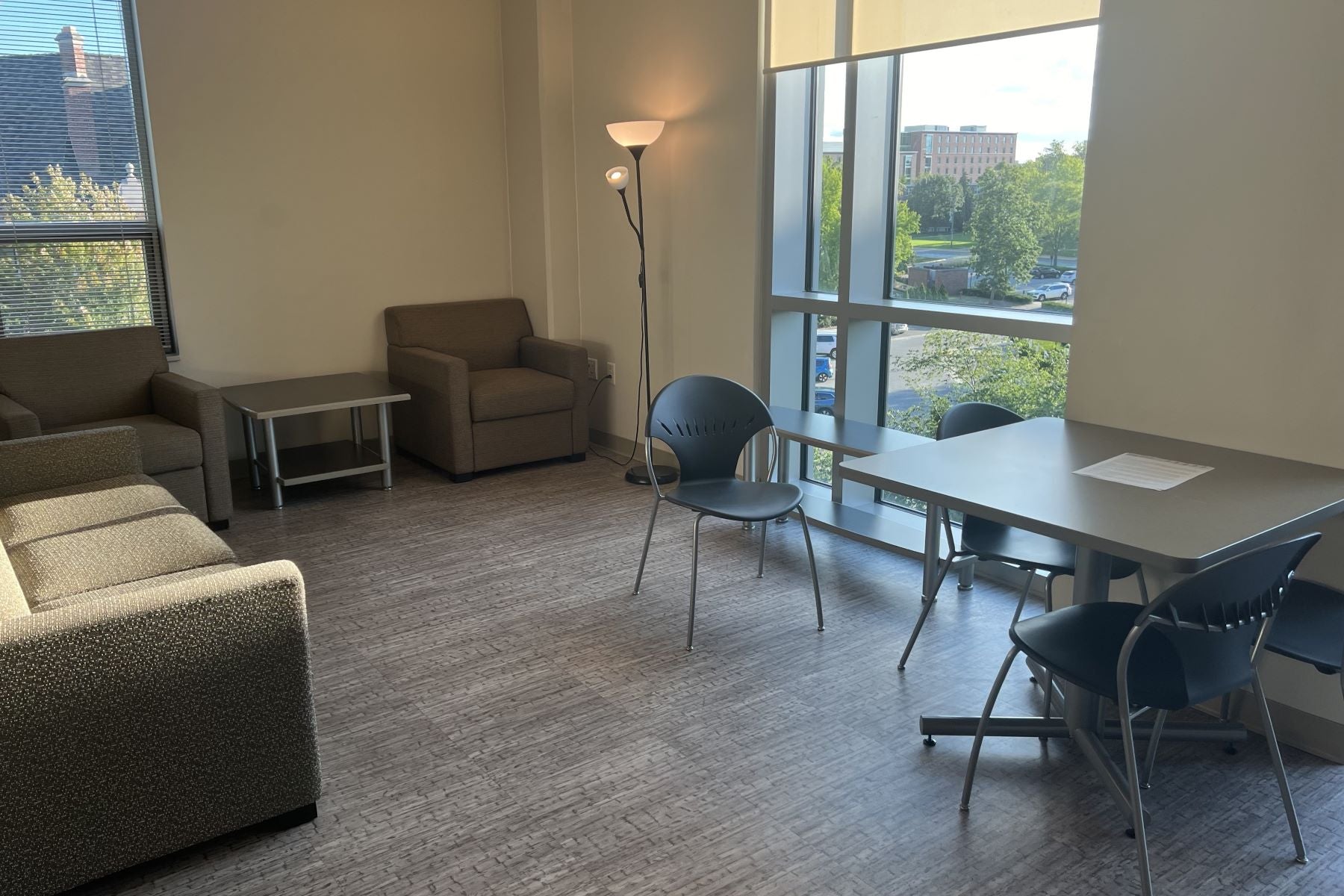By TJ Grim, Ready 2 Respond Trainer
Summer brings a unique set of challenges for educational facilities teams. Extended periods of building vacancies can increase the risk of undetected water issues, particularly in areas that experience higher humidity and heavier rainfall.
Without the daily presence of students and staff to spot warning signs, even minor leaks and moisture issues can escalate into costly damage. The stakes are exceptionally high on college and university campuses that house valuable technical equipment, sensitive research, archival materials, and irreplaceable library collections.
Proactive inspections and planning are crucial to safeguard campus infrastructure and ensure a seamless start to the fall semester.
Key Risk Factors
Some of the more common risks during summer break vacancies include:
- Undetected plumbing leaks – With less frequent use, sprinklers, water fountains, sinks, or toilets may leak unnoticed.
- High humidity levels – Increased moisture in the air creates an ideal environment for mold growth, as well as damage to furnishings and other building materials and contents.
- HVAC condensation or failure – Malfunctioning or improperly set units can increase humidity or moisture buildup.
- Weather-related intrusion – Summer storms and power outages can trigger roof leaks or basement sump pump failures.
- Delayed discovery – With fewer people present, early signs, such as wet and discolored ceilings, warped floors, and musty odors may go unnoticed.
Vulnerable Areas to Watch
Certain areas of campus are especially prone to moisture-related issues during the summer months. For example, bathrooms and locker rooms – particularly those located in basements or less-frequented wings – can easily harbor hidden moisture if not routinely monitored.
Mechanical spaces are another concern, as leaks from pipes or unnoticed basement flooding can develop into serious problems.
Dorm rooms and classrooms, when sealed off for extended periods, can experience rapid humidity buildup, especially if air conditioning units are turned down or off, and ventilation is limited.
Moisture Prevention Best Practices
Routine inspections and preventive maintenance measures help facilities avoid water damage in unoccupied areas. Here are some effective strategies to build into facilities team routines:
- Schedule weekly walkthroughs in unoccupied buildings to catch visible issues.
- Use remote monitoring tools to track humidity and temperature fluctuations.
- Maintain HVAC systems, even when buildings are not in full use, and adjust settings to optimize airflow and moisture control.
- Shut off water to unused areas, if feasible, and check backflow preventers.
- Clear gutters and roof drains before the next summer downpour (debris can accumulate over spring).
Make Time for Proactive Planning
While facilities teams are always busy, any time when buildings are less occupied is ideal for reviewing past incidents, identifying patterns, testing critical equipment such as airmovers and dehumidifiers, and conducting staff training and response simulations. Teams can also use this period to update emergency contact lists and protocols, and practice using moisture meters to establish a “dry standard” of surfaces and materials – helping to ensure more accurate monitoring moving forward.
A proactive approach now can help protect assets, reduce costs, and ensure that campus spaces are safe and fully operational when the campus is fully occupied in the fall.
Contact the Ready 2 Respond team for help with facility readiness assessments and team water damage response training. For facility management tips, follow us on LinkedIn and subscribe to our Facility Insights newsletter.


Preventing Water Damage: How to Spot Leaks Early
Stay Ready: Smart Maintenance Practices for Drying Equipment